Auctions
Christie’s London’s Solid British Art Sale Tallies $133 Million, Led by $33 Million Henry Moore
Nearly everything on offer found a buyer.
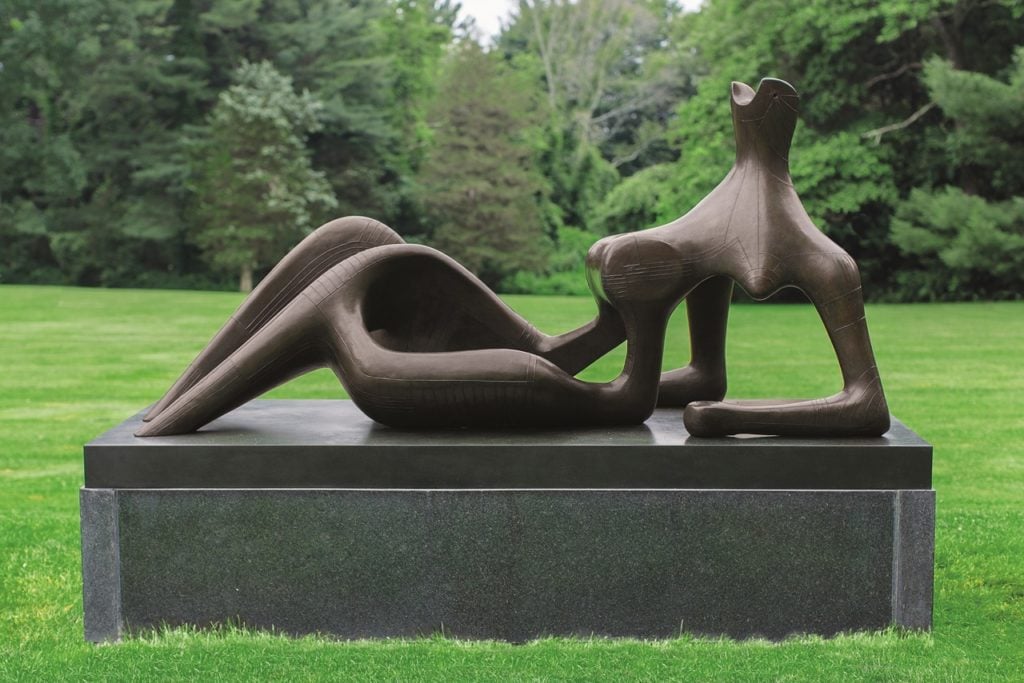
Nearly everything on offer found a buyer.

Colin Gleadell

A solid sale of British art at Christie’s London Thursday evening totaled £99.5 million ($133.2 million), with 27 of 31 lots finding buyers. The total edged past the low estimate of £95 million ($126.8 million). The leading work of the night was a £24.7-million ($33.1-million) bronze by Henry Moore, setting a record for the artist. Auction highs were also notched for Frank Auerbach, Bridget Riley, and Fredric, Lord Leighton.
It was the latest in Christie’s themed sales, crossing historical categories and taking in British art from Old Masters to contemporary, and, with an upper estimate of £138 million ($184 million), it was the highest-ticket of the week’s London sales.
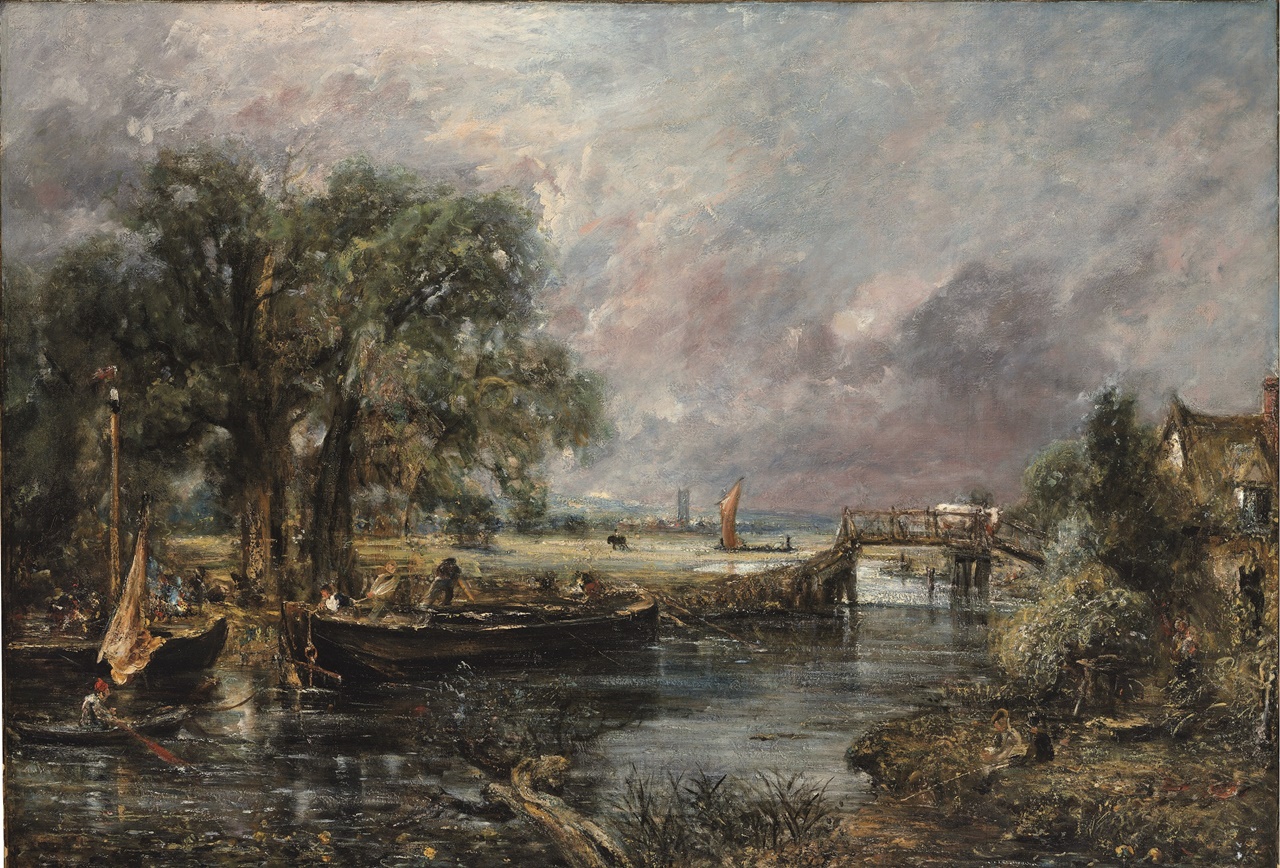
John Constable, View on the Stour near Dedham, full-scale sketch. Courtesy Christie’s.
Works by Old Masters and Victorian artists tallied just over £32 million ($42.7 million), led by John Constable’s 6-foot-wide sketch for View on the Stour near Dedham. The painting had belonged to the Royal Holloway College in London for over 100 years; Thursday night’s seller acquired it in 1995. According to a much-publicized court case at the time, when two dealers argued about commissions, the painting was valued at £6.7 million and sold to Sir Graham Kirkham, a furniture manufacturer and art collector. Now guaranteed to sell and bearing an estimate of £12–16 million ($16–$21.4 million), it sold to a telephone bidder for £14.1 million ($18.8 million) including fees (sale prices include the buyer’s premium; estimates do not). Christie’s intimated that the buyer might loan the painting to a museum, leading to speculation that it was greeting-card magnate Andrew Brownsword; he has bought major pictures of this kind before and lent them to the Holburne Museum in Bath.
A supremely elegant full-length portrait of a lady by Sir Joshua Reynolds had come from stately Harewood House, where it had been for generations, and was chased by Matthew Green of London’s Richard Green Gallery before falling to the same phone bidder as the Constable, above estimate, for £3.8 million ($5.1 million).

Fredric, Lord Leighton, Golden Hours, ca. 1864. Courtesy Christie’s.
Frederic, Lord Leighton’s languid portrait of a pianist seducing a woman with his music, Golden Hours, had long belonged to a branch of the Christie family, which owns Glyndebourne Opera. The stunning composition squeaked past its low estimate to sell to a solitary bidder for a record £3.3 million ($4.4 million).
Two animal portraits of lions and tigers by the much-admired Swiss-born painter Jacques-Laurent Agasse were being sold by the Zoological Society of London, and were pursued by Molly Dorkin of the Simon Dickinson partnership who staved off Asian competition to buy them for a high estimate £362,000 ($483,000) each.
One of the rarities in this section was a jewel-like Picardy beach scene by the short-lived Richard Parkes Bonington. Estimated at £400,000 ($533,660), it deservedly sold for £1.4 million ($1.9 million) to Old Master dealer Fabrizio Moretti (Florence, London, and New York).
The sale also included modern artists like Stanley Spencer, who are never included in the international Impressionist and modern art sales. At Christie’s, one of his paintings, Garage, was being sold by the Andrew Lloyd Webber Foundation, which bought the painting in 1999 for a premium inclusive £1 million. It realized a modest return, selling for £1.6 million ($2.1 million).
A “mod Brit” to watch is Williams Roberts. Last week, Christie’ scored a record for a work on paper by this practitioner of Vorticism (Britain’s cutting-edge answer to Cubism and Futurism), later described as a ‘tubist’ for his penchant for painting tubular people. Thursday the house came close to hitting another record for an oil painting by Roberts when they sold his middle period Primrose Hill, the Playground (1930) well above estimate for £818,500 ($1 million). Among the posse of underbidders was London dealer Robin Katz.
The contemporary section was small, but heavy in weight. Unfortunately for Christie’s, one of the star lots, Lucian Freud’s large portrait Ib and her Husband, which had been bought by a collector at Christie’s New York in 2007 for $19.4 million (£9.3 million), was just considered too expensive with an £18 million ($24 million) estimate and went unsold.
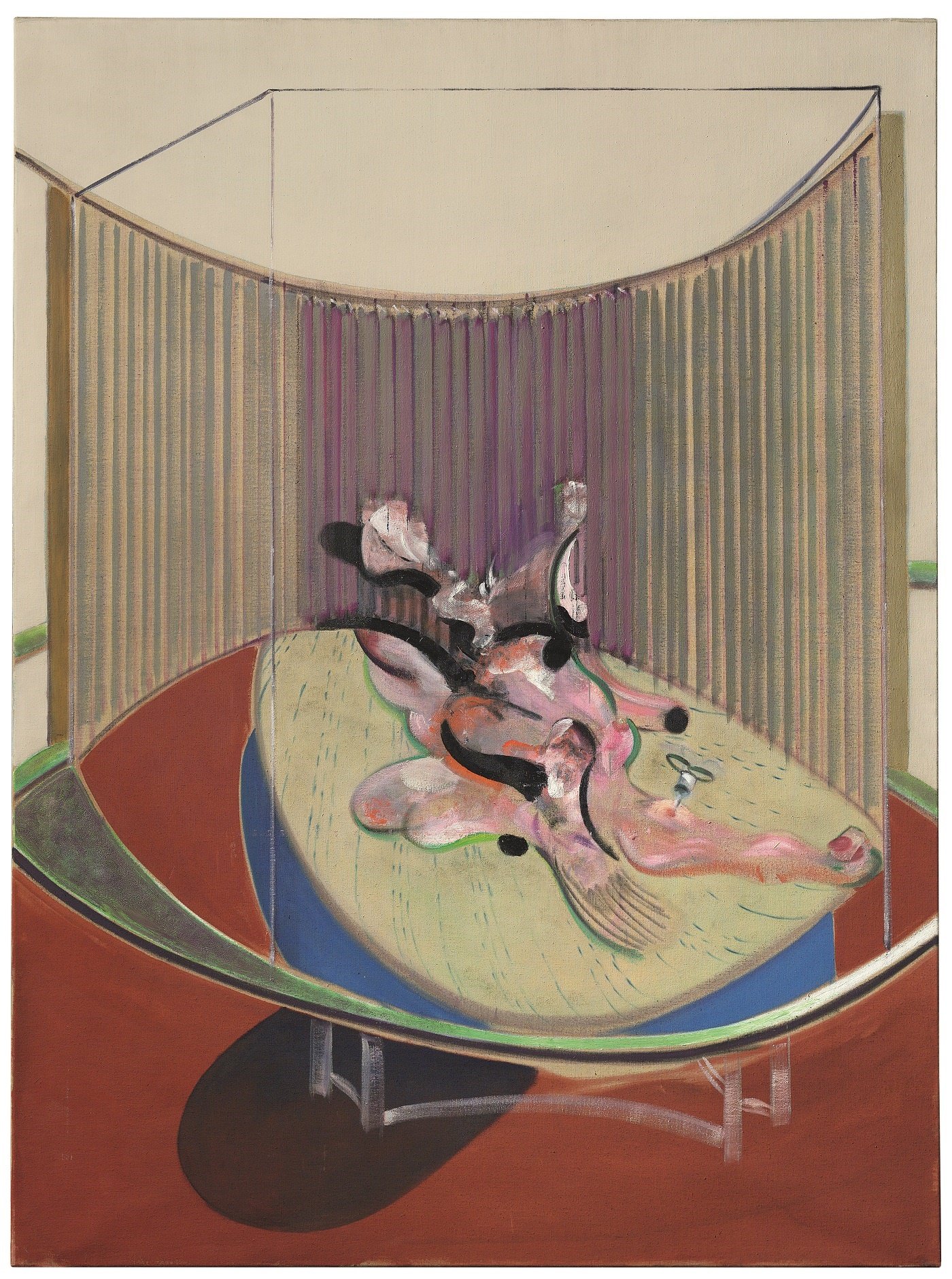
Francis Bacon, Version No. 2 of Lying Figure with Hypodermic Syringe, 1968. Courtesy Christie’s.
Top contemporary lot was Francis Bacon’s portrait of one of his favorite models, Henrietta Moraes, splayed out on a bed with a hypodermic syringe in her arm. This had been bought in New York 10 years ago for what was then a record $15 million, and on Thursday, it attracted just one bid (through Gorvy) to sell at estimate for £20 million ($27 million).
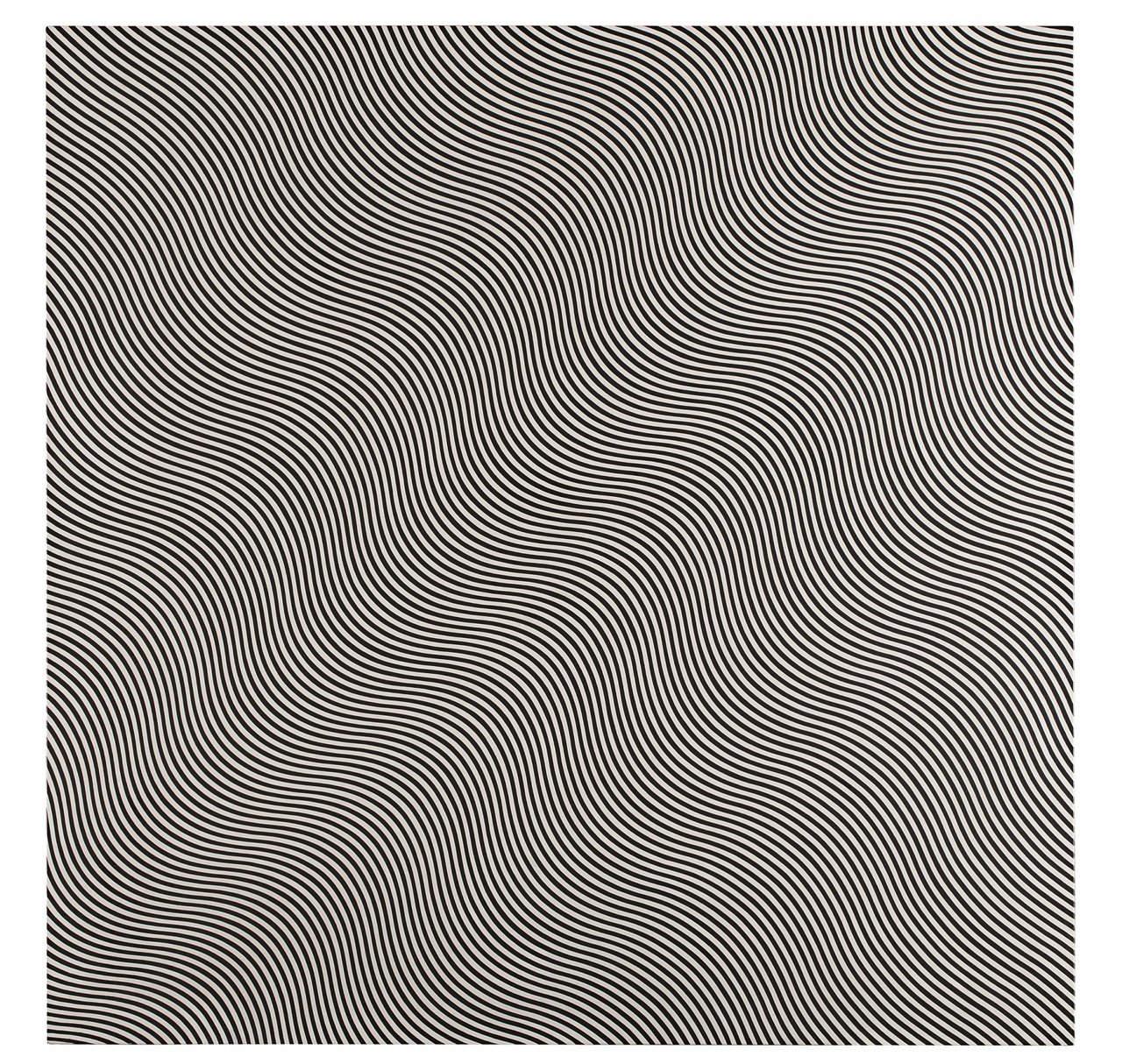
Bridget Riley, Untitled (Diagonal Curve), 1966. Courtesy Christie’s.
The strongest buyer in the contemporary section was a client of Christie’s Elaine Holt, who is based in Hong Kong. She paid a record £4.3 million ($5.7 million), well over the estimate, for an eye-popping black-and-white piece of Op art, Bridget Riley’s Untitled Diagonal Curve (1966). The piece had been at auction at Christie’s 10 years ago, when it sold to New York dealer Jeffrey Deitch, bidding for a US collector, for £1.2 million, triple the high estimate.
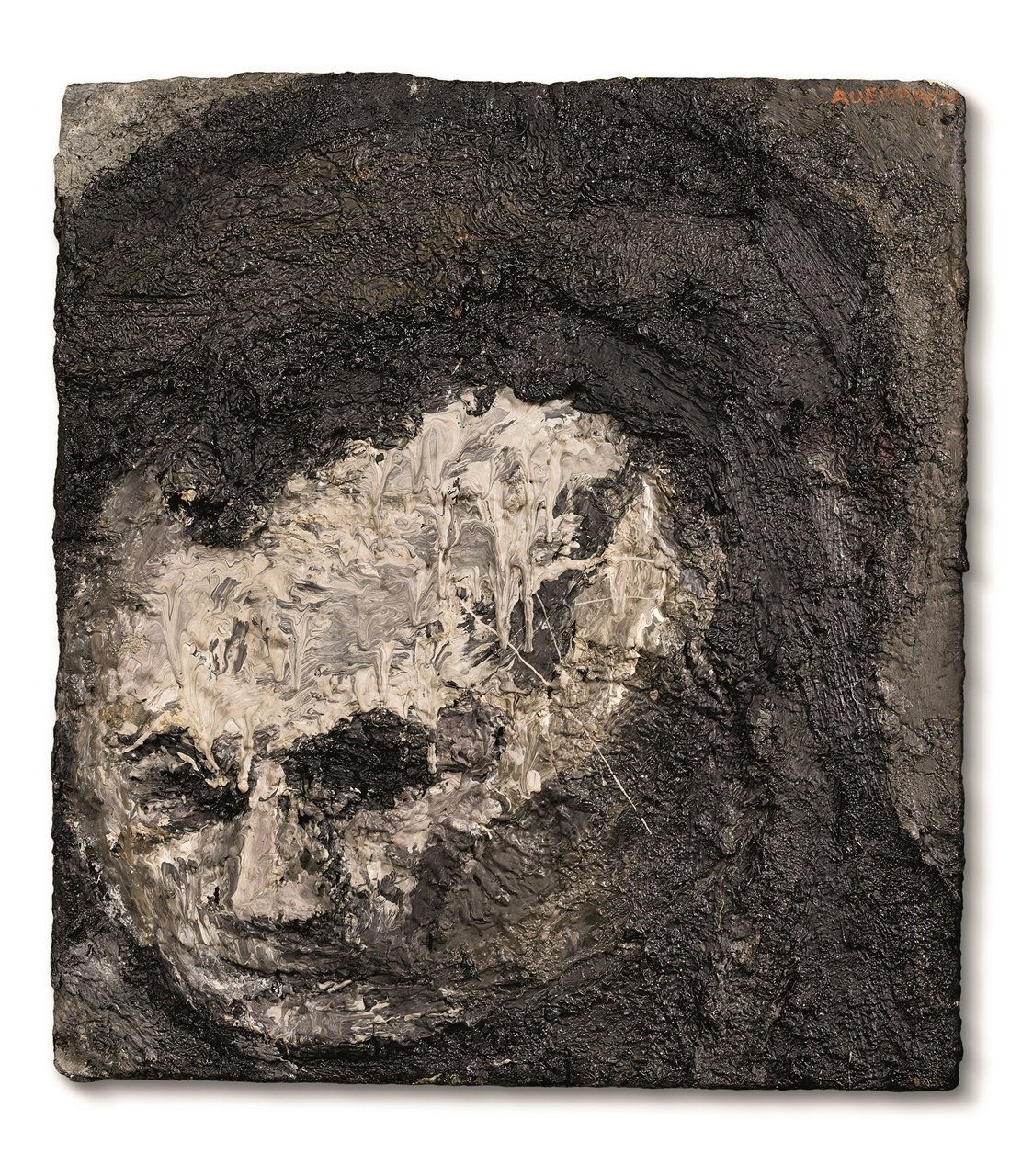
Frank Auerbach, Head of Leon Kossof, 1954. Courtesy Christie’s.
Holt then bought two paintings by Frank Auerbach. The heavily encrusted early Head of Leon Kossoff (1954) was underbid by London dealer Offer Waterman before selling to Holt’s client for a record £2.6 million ($3.6 million). She also bought Auerbach’s later landscape Study for Tree on Primrose Hill (1986) for a mid-estimate £566,500 ($756,187). Looking on but not bidding was New York dealer Bill Acquavella, who had bought this painting 10 years ago for a client for a seemingly impulsive, quadruple estimate £433,600. Well, at least his client got his money back.
By a strange coincidence, this painting was also the inspiration for another work in the sale, Glenn Brown’s Let me take you by the hand… (1992), an enlarged copy or appropriation of this exact work by Auerbach. Brown, of course, went on to be represented by Gagosian and has seen his larger works sell for millions at auction. However, on this occasion the juxtaposition of the two paintings, with exactly the same estimates, did seem to do Brown any favors, and the painting went unsold.
As a ploy, the Defining British Art sale seemed to work. “There were some very strong results there,” London dealer Jonathan Green told artnet News after the sale. “They set estimates very high and by and large found buyers.” Only four lots were unsold, but 11 lots sold either on or below their low estimate. There was also the addition of guaranteed lots after the catalogue had been printed, which betrayed a certain nervousness about the outcome by the auctioneers. Then there was the withdrawal of two lots, betraying a nervousness amongst sellers. But if anything, this sale proved that even British art has nothing to fear from Brexit.